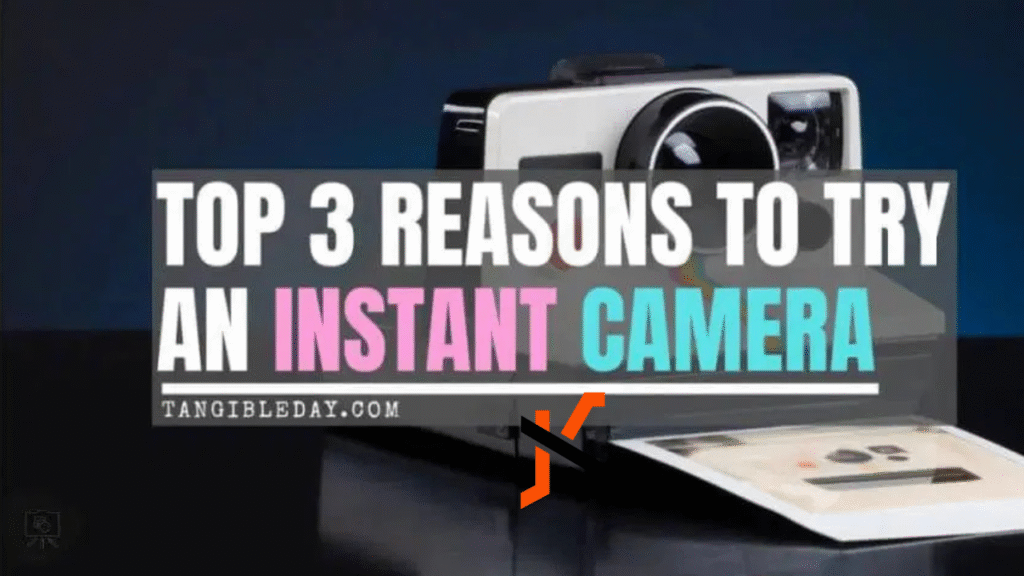In the age of smartphones and digital cameras, where thousands of photos can be stored in a cloud within seconds, one might assume that film photography is long forgotten. Yet, the opposite has happened. Polaroid photography, once a nostalgic memory from decades ago, has made a powerful comeback. More people—especially younger generations—are embracing the tangible charm of instant prints, and this trend shows no sign of slowing down.
The beauty of a Polaroid lies in its immediacy. With just a click, the camera produces a physical photograph, complete with soft tones and unique textures that no filter can replicate. Beyond aesthetics, instant photography offers something digital cannot: a physical keepsake that captures a moment in time.
Why Polaroid Film is Trending Again
Several factors have fueled the revival of instant photography. First, there’s the human desire for tangible memories. Digital photos are often forgotten in galleries, but holding a physical print creates an emotional connection. Second, film offers imperfection and unpredictability, making every shot unique. Unlike digital images that can be endlessly edited, a Polaroid captures raw, unfiltered moments.
Social media has also played a role. Platforms like Instagram and TikTok have amplified the trend, with younger audiences showcasing the vintage appeal of instant prints. What was once considered retro is now part of modern creative expression.
Choosing the Right Film
For enthusiasts, the choice of film plays a huge role in the quality and aesthetic of prints. If you’re shooting with an instant camera, it’s essential to choose polaroid film for polaroid cameras that complements your device. Different film packs offer variations in tones, colors, and borders, giving you plenty of room for experimentation.
Color film is perfect for vibrant outdoor settings, while black-and-white film captures moody, artistic moments. Some films even come with fun frame designs, making them ideal for parties, weddings, or creative projects.
Why Instant Photography Appeals to Modern Creatives
Unlike digital photography, where endless retakes are possible, instant film encourages intentionality. You have limited shots per pack, so you naturally slow down, frame carefully, and make each photo meaningful. This limitation fosters creativity rather than restricting it.
For artists, designers, and storytellers, Polaroid photography provides a canvas for self-expression. The grain, light leaks, and natural textures add authenticity to a story—elements that cannot be replicated with pixels.
Tips for Shooting with a Polaroid Camera
Whether you’re new to instant photography or rediscovering it, these tips will help you get the most out of your polaroid camera:
- Mind the lighting – Polaroids work best in natural light. Indoors, position your subject near a window or use the camera’s flash.
- Avoid overexposure – Bright sunlight can wash out details. Shooting in shaded areas often produces better contrast.
- Hold steady – Instant cameras don’t have the same stabilization as digital ones. Keep your hands still while clicking.
- Don’t shake the photo – Contrary to old habits, shaking Polaroids doesn’t make them develop faster. Instead, lay them face down to avoid overexposure to light during development.
- Experiment with angles – Get creative with perspectives to make your shots more dynamic.
The Joy of Collecting and Sharing Prints
One of the most rewarding aspects of instant photography is the ability to share prints in real time. At events, giving someone a Polaroid is more personal than tagging them in a social media post. Prints also make thoughtful keepsakes—whether pinned on a board, framed on a desk, or added to a scrapbook.
Collectors enjoy building albums of memories, turning them into stories they can revisit anytime. Unlike digital images, these albums don’t require logins or apps—just a flip of a page.
Sustainability and the Slow Photography Movement
Interestingly, the resurgence of Polaroid photography is tied to the “slow photography” movement. Similar to slow food or slow travel, this movement is about being present and intentional. Shooting fewer but more meaningful photos reduces waste while giving more value to each captured moment.
While digital cameras encourage rapid shooting, Polaroids bring back the discipline of waiting for the right moment. This shift resonates with people seeking more mindful, less disposable ways to interact with technology.
Polaroid Photography in Creative Industries
Beyond casual use, instant photography has gained traction in creative fields. Fashion brands use Polaroids during shoots for behind-the-scenes documentation. Artists integrate instant photos into collages and mixed-media projects. Even event planners are incorporating Polaroid booths at weddings and corporate gatherings, adding an interactive and memorable touch.
Businesses, too, are recognising the appeal of instant photos as branded keepsakes or promotional tools. The raw, authentic look of Polaroids aligns with consumer demand for genuine, unfiltered experiences.
Why Polaroids Still Matter in the Digital Age
It’s easy to assume that Polaroids would fade into irrelevance in the age of 4K cameras and AI editing. Yet, they’ve proven that authenticity beats perfection. Instant photography offers a tactile reminder that not every moment needs to be staged, edited, or stored in the cloud. Sometimes, the most meaningful photos are the ones you can hold in your hand minutes after taking them.
Final Thoughts
The resurgence of Polaroid photography isn’t just about nostalgia—it’s about rediscovering the joy of physical memories, creativity, and mindfulness. Whether you’re an enthusiast exploring instant photography for the first time or a seasoned user who never gave it up, Polaroids remain a timeless way to capture life’s fleeting moments.
For those ready to dive in, Diamonds Camera provides a wide selection of Polaroid cameras and film to help you bring your instant photography journey to life. With the right tools, you’ll discover why this vintage art form continues to inspire a new generation of storytellers.

